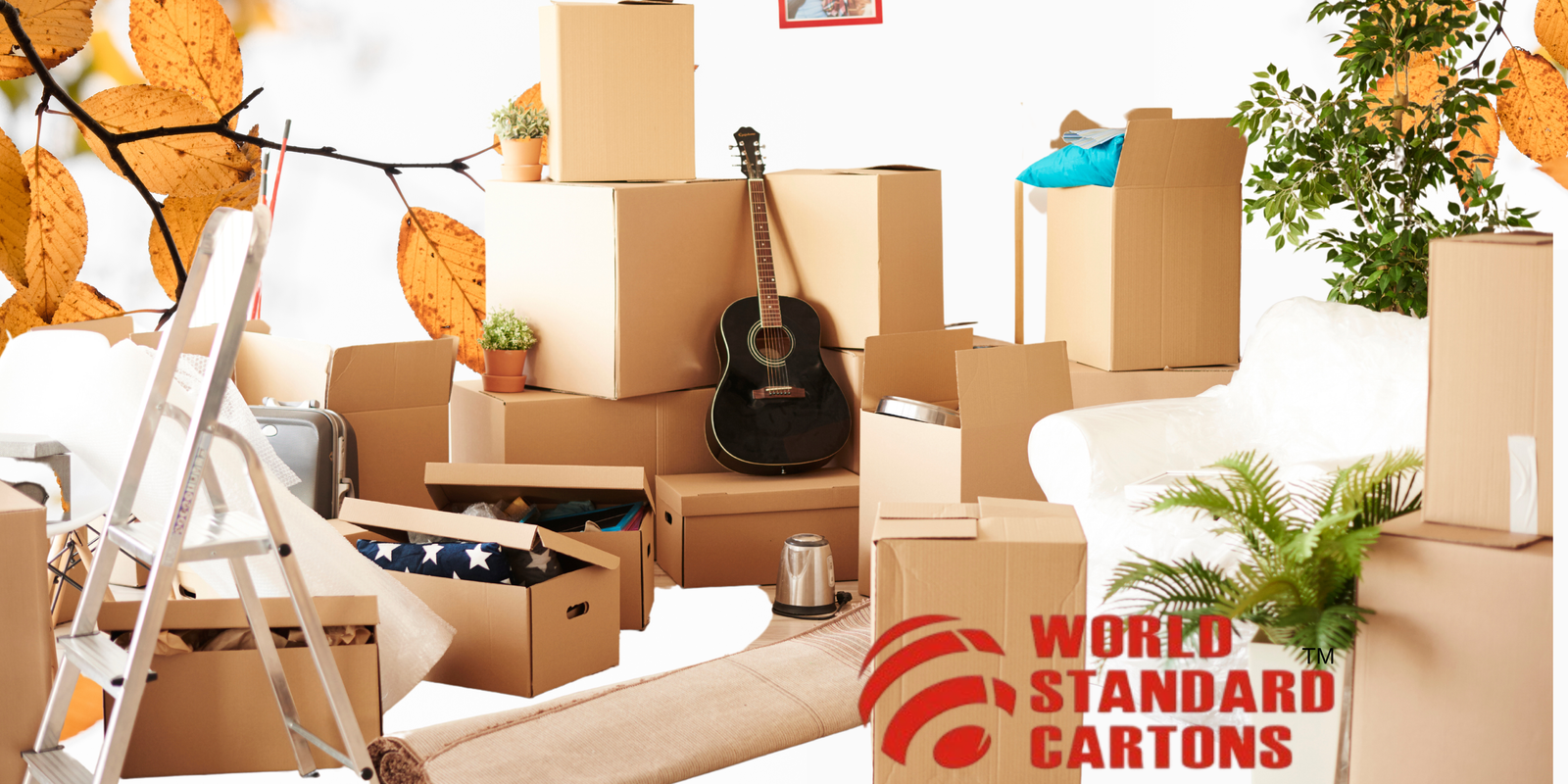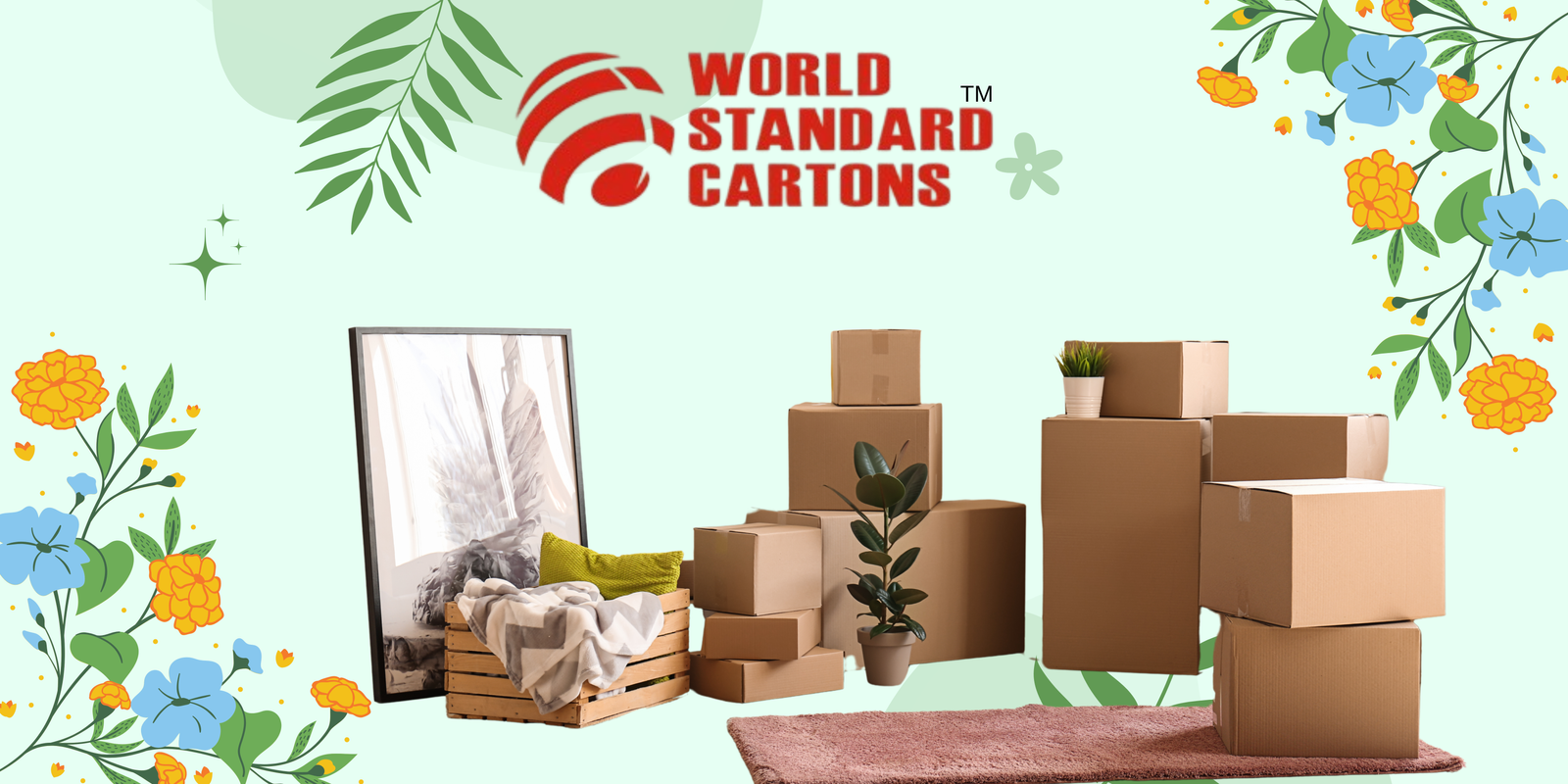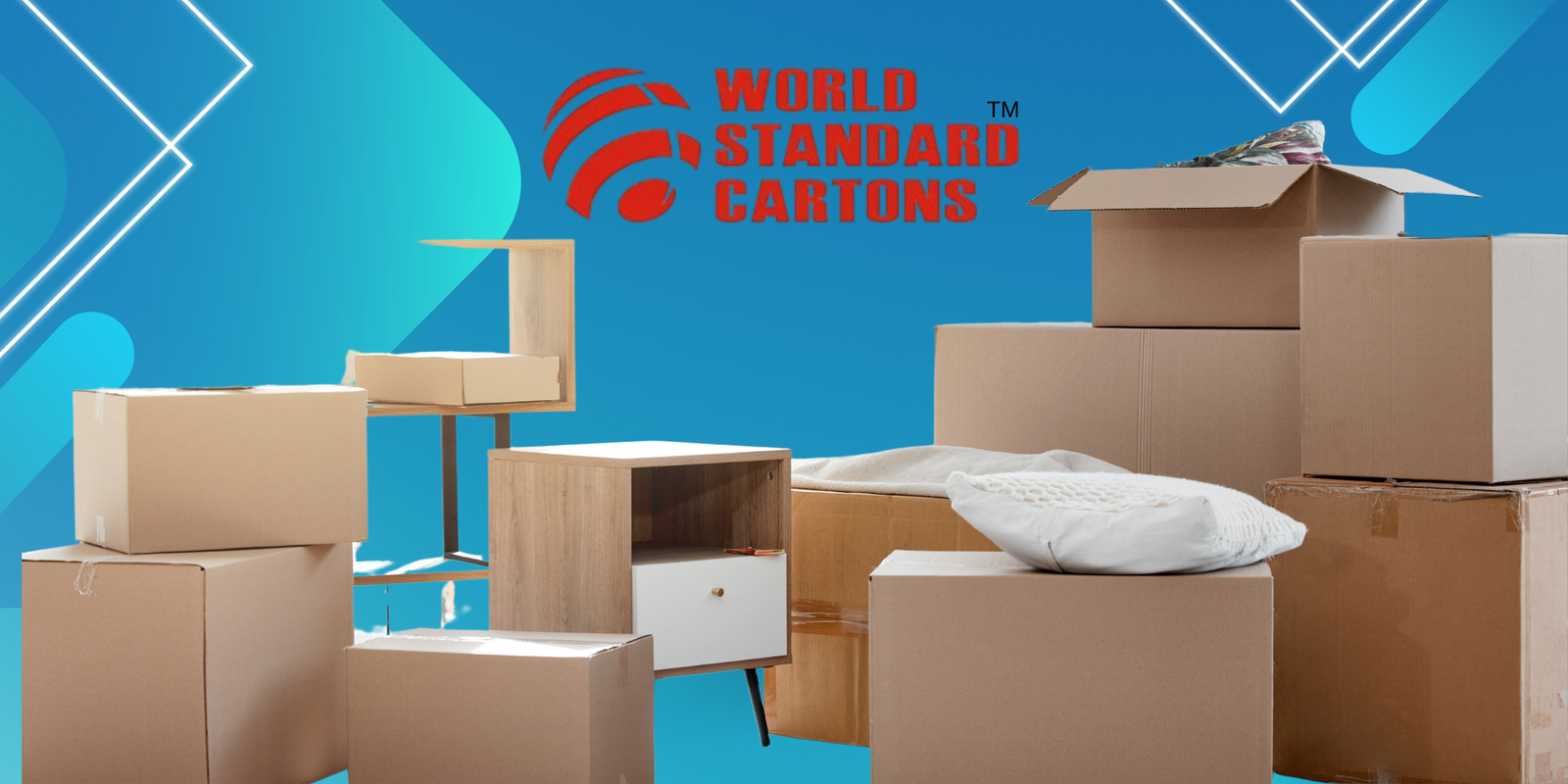7 Steps to Recycle Corrugated Boxes Effectively

Corrugated boxes are everywhere. From e-commerce packages arriving at our doorsteps to shipping containers safeguarding products, these sturdy boxes have become an integral part of our lives. But with great convenience comes great responsibility. If not managed properly, these boxes can contribute to significant waste. This guide explores practical, actionable steps for recycling corrugated boxes effectively and sustainably. In today’s world, environmental sustainability is no longer just a buzzword—it’s a pressing priority for individuals, families, and businesses alike. One of the easiest yet most impactful ways to contribute to this cause is by recycling materials we use daily. Among these materials, Recycle corrugated boxes—those sturdy, versatile containers often used for shipping and packaging—stand out due to their recyclability and prevalence in our lives.
Yet, as straightforward as it sounds, effective recycle corrugated boxes requires proper knowledge and practices. In this comprehensive guide, we’ll delve deep into seven practical steps that can help you recycle these boxes the right way. Along the way, we’ll explore creative tips, useful insights, and actionable advice to ensure that your recycling efforts have a meaningful impact on the environment.
1. Understanding the Benefits of Recycle Corrugated Boxes
Before diving into the “how-to,” it’s essential to understand the “why.” Recycling isn’t just about placing materials in the right bin; it’s a conscious act of environmental stewardship that has far-reaching implications.
Environmental Impact: Why It Matters
Every year, millions of tons of corrugated boxes are used for packaging and shipping purposes. When disposed of improperly, these materials can end up in landfills, taking up valuable space and releasing methane gas—a potent greenhouse gas—if left to decompose. Recycle Corrugated Box, however, flips the script by turning waste into resources. When we recycle, we’re not just cleaning up our homes or workplaces; we’re taking meaningful action to protect the planet. Here’s a closer look at the environmental benefits:
Diverting Waste from Landfills
- Landfills are overburdened with materials that could be recycled or repurposed. By recycling corrugated boxes, you ensure that these biodegradable materials don’t contribute unnecessarily to landfill overflow.
- Did you know? Over 90% of corrugated boxes are successfully recycled in countries like the United States, showcasing the potential of collective action.
Conserving Forests
- Every box made from recycled materials reduces the demand for virgin pulp, which in turn minimizes deforestation. Forests play a vital role in absorbing carbon dioxide and supporting biodiversity.
Lowering Energy Consumption
- The energy required to recycle and produce new boxes from recycled fibers is significantly lower than manufacturing them from raw materials. This reduces emissions and conserves non-renewable resources like coal and oil.
- Reducing Landfill Waste: Although corrugated boxes are biodegradable, they still take years to decompose fully. Recycling ensures that these boxes are kept out of overflowing landfills.
- Conserving Natural Resources: Producing new corrugated boxes from virgin fibers requires cutting down trees and consuming significant energy. Recycling minimizes this demand, preserving forests and ecosystems.
- Lowering Carbon Footprint: Manufacturing from recycled materials generates fewer emissions compared to creating new boxes, contributing to cleaner air and reduced global warming.
Economic Advantages of Recycling
Beyond environmental gains, recycling makes good financial sense, especially for businesses:
- Cost Savings: Recycling programs can reduce disposal costs and even generate revenue if you sell materials to recycling facilities.
- Job Creation: The recycling industry supports thousands of jobs—from collection and sorting to processing and repurposing materials. By participating, you help sustain these opportunities.
2. Know Your Corrugated Boxes: Types and Materials
Not all corrugated boxes are the same, and understanding their variations can improve recycling outcomes.
Types of Corrugated Boxes
Each type of corrugated box serves a specific purpose. Knowing their differences can help you sort and recycle them more efficiently:
- Single-Wall Corrugated Boxes: These are the most common, featuring a single layer of fluted paper between two liners. Ideal for lightweight items. Commonly used for lightweight shipments, these boxes have one layer of fluting sandwiched between two liners. They’re ideal for standard recycling processes.
- Double-Wall Corrugated Boxes: Made with two layers of fluted paper, these offer extra durability, often used for heavier goods. With two fluted layers, these boxes provide additional strength, often used in commercial shipping. They require careful flattening to maximize recycling efficiency.
- Triple-Wall Corrugated Boxes: The strongest option, with three fluted layers, perfect for industrial or bulk shipments. Heavy-duty and highly durable, these boxes are used for transporting bulky industrial items. Their thickness may necessitate additional processing at recycling facilities.
Materials Used in Corrugated Boxes
Corrugated boxes are typically made from recycled paper or a mix of virgin and recycled fibers. The materials include:
- Linerboard: The flat outer layers of the box. The smooth outer and inner layers. Often made from recycled paper, they are recyclable and can be reused multiple times.
- Fluting: The wavy middle layer that provides strength and cushioning. The wavy middle layer that provides strength and flexibility. It’s also recyclable but should be free of contaminants.
Understanding these components ensures you handle them correctly during the recycling process.

3. Preparing Recycle Corrugated Boxes
Preparation is key to efficient recycle corrugated box. By following these steps, you’ll make the process smoother for yourself and recycling facilities.
Step 1: Flatten the Boxes
Flattening corrugated boxes saves space and facilitates transport and processing.
- How to Do It: Remove tape and labels, then press along the edges to collapse the box. If needed, cut larger boxes into manageable sections.
Flattening saves space, both in your recycling bin and during transport.
Why Flattening Matters
- Efficient processing: Flattened boxes are easier for recycling facilities to handle.
- Space-saving: Flattening maximizes bin capacity, reducing the frequency of recycling pickups.
How to Flatten Like a Pro
- Cut through the tape or adhesive securing the box’s edges.
- Gently pull apart glued seams.
- Press the box down until it’s completely flat.
Step 2: Remove Non-Corrugated Materials
Tape, bubble wrap, or Styrofoam inserts must be removed. These materials can’t be recycled with corrugated boxes.
- Pro Tip: Keep separate bins for non-recyclable materials to streamline sorting.
Mixed materials can contaminate the recycling process. Proper sorting is essential.
Common Contaminants
- Tape, labels, and adhesives: These are often non-recyclable and should be discarded separately.
- Packing materials: Items like bubble wrap or foam inserts must be disposed of according to their recycling categories.
Quick Tip
Designate a separate bin for non-corrugated materials to streamline the sorting process.
Step 3: Clean the Boxes
Ensure that the boxes are free from contaminants like grease, food residue, or hazardous materials.
- Why It Matters: Contaminants can spoil entire batches of recyclable materials.
- Cleaning Tips: Use a dry or slightly damp cloth to wipe down any dirt or stains. leanliness is crucial to maintaining the integrity of recyclable materials.
What to Watch For
- Food stains, grease, or liquids: These can compromise the quality of recycled fibers.
- Chemicals or oils: Such contaminants can make an entire batch unrecyclable.
Cleaning Methods
- Light stains? Wipe them away with a damp cloth.
- Heavy residues? Cut out the affected portions before recycle corrugated boxes.
4. Know Your Local Recycle Corrugated Boxes Guidelines
Recycling isn’t a one-size-fits-all approach. Local regulations can vary widely, so staying informed is crucial.
Step 4: Research Local Recycle Corrugated Boxes Programs
Your municipality or waste management provider likely has specific protocols for recycling corrugated boxes.
- What to Check:
- Whether curbside recycling accepts corrugated boxes.
- If boxes need to be bundled or separated by type.
- Specific drop-off locations for large quantities.
Recycling protocols vary across regions. Knowing your local guidelines ensures compliance and maximizes impact.
5. Participating in Business Recycle Corrugated Boxes Programs
Businesses generate a significant amount of packaging waste, making them key players in recycling efforts.
Step 5: Implement Recycling Practices in Your Business
- Create a Recycling Policy: Establish clear guidelines for handling recyclable materials.
- Educate Employees: Organize training sessions to teach proper recycling methods.
- Provide Tools: Place well-marked recycling bins throughout the workplace.
Why It’s Important
- Some programs accept corrugated boxes at curbside pickups, while others may require drop-offs at specific centers.
Resources to Check
- Local government websites
- Community recycling apps
- Nationwide directories like Recycling Corrugated Boxes Locator tools
Step 5: Find Recycling Drop-Off Centers
If curbside options aren’t available, locate nearby centers that accept corrugated boxes.
- Helpful Resources: Use online directories like Earth911 or contact local recycling organizations.
How to Find Centers
- Online directories like Earth911 provide location-based searches for recycling centers.
- Grocery stores and retail outlets often have collection bins for corrugated materials.
Step 6Partner with Recycle Corrugated Boxes Organizations
Collaborating with waste management companies or nonprofit organizations can enhance your business’s recycling efficiency.
- Benefits: These partnerships often include access to educational resources, equipment, and regular pickups.
What They Offer
- Regular pickups tailored to your schedule.
- Guidance on sorting and preparing materials.
- Insights into regional regulations.
6. Exploring Creative Ways to Reuse Recycle Corrugated Boxes
Before recycling, consider upcycling your recycle corrugated boxes. Repurposing not only reduces waste but also extends the life of materials.
Alternative Uses for Corrugated Boxes
- Storage Solutions: Use boxes to organize household items, seasonal decorations, or office supplies.
- DIY Projects: Transform boxes into creative playhouses for kids, decorative bins, or even small furniture.
- Gardening Aids: Use flattened boxes as weed barriers in gardens or compost bins.

7. Educating Others About Recycle Corrugated Boxes
Recycling is a collective effort, and education plays a vital role in increasing participation.
Step 7: Spread Awareness
Sharing your knowledge can inspire others to join the movement.
- Host Community Workshops: Teach neighbors and local businesses about proper recycling practices.
- Leverage Social Media: Post tips, tricks, and success stories to engage your audience online.
Use Social Media
- Share educational posts, infographics, and videos showcasing the benefits of recycling.
Inspire Action
- Highlight success stories of communities or businesses excelling in recycling.
Conclusion: Recycle Corrugated Boxes as a Lifestyle
Recycle corrugated boxes isn’t just an environmentally responsible action—it’s a step toward creating a more sustainable world. By understanding the benefits, preparing materials properly, and following local guidelines, you can make a lasting impact. Recycle corrugated boxes is an easy yet powerful way to contribute to sustainability. By understanding the process, following the steps outlined in this guide, and educating others, you can make a tangible difference. Every box you recycle corrugated boxes is a step toward a cleaner, greener future. Let’s make every action count—for our planet, our communities, and generations to come.
Every small choice, from flattening a box to educating a friend, contributes to a greener planet. Together, let’s embrace the recycle corrugated boxes movement and lead by example. The future depends on what we do today—so let’s recycle, repurpose, and inspire for a better tomorrow at bookmycarton.
Follow us on Instagram, Facebook.
Our Channel: @bookmycarton.
